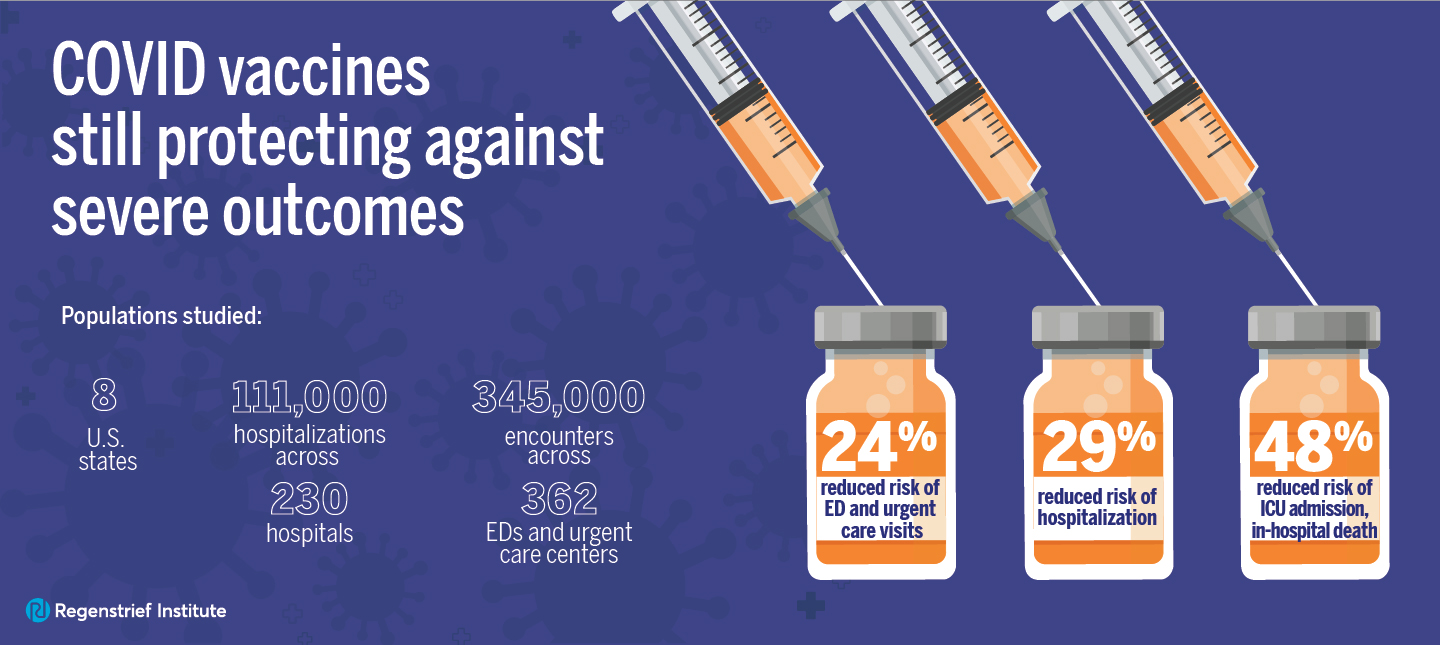As states are beginning to reopen in the face of COVID-19, many are doing so without enough data, according to Regenstrief Institute Vice President for Faculty and Development Aaron Carroll, M.D. In a recent opinion column for the New York Times, Dr. Carroll made an exception: Indiana.
He discussed the groundbreaking COVID-19 testing study being led by Regenstrief research scientist and IU Fairbanks School of Public Health faculty member Nir Menachemi, PhD, MPH.
The study, which tested 4,600 people in its first phase, has found that 2.8 percent of Hoosiers are either infected with the coronavirus or have recovered. While these findings suggested a mortality rate of about 0.6 percent, lower than some experts have suggested, the study also indicated that 10 out of 11 cases of COVID-19 in the state’s population are not being caught due to low testing rates.
“We need much more data,” Dr. Carroll writes, “too many states are flying blind, moving ahead without understanding their risk. There’s no excuse for that. There’s no magic to what’s just been done in Indiana. All states could do it if they just committed to it.”
Since early in the pandemic, Dr. Carroll has warned about the potential of the virus to overwhelm the healthcare system and has been an advocate for nationwide social distancing and mass testing of the population as a means to contain the virus.








